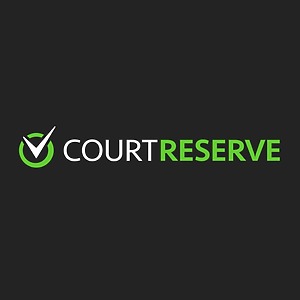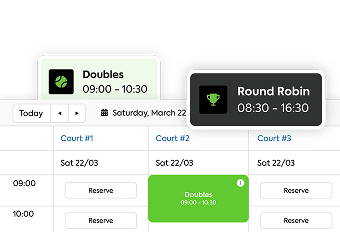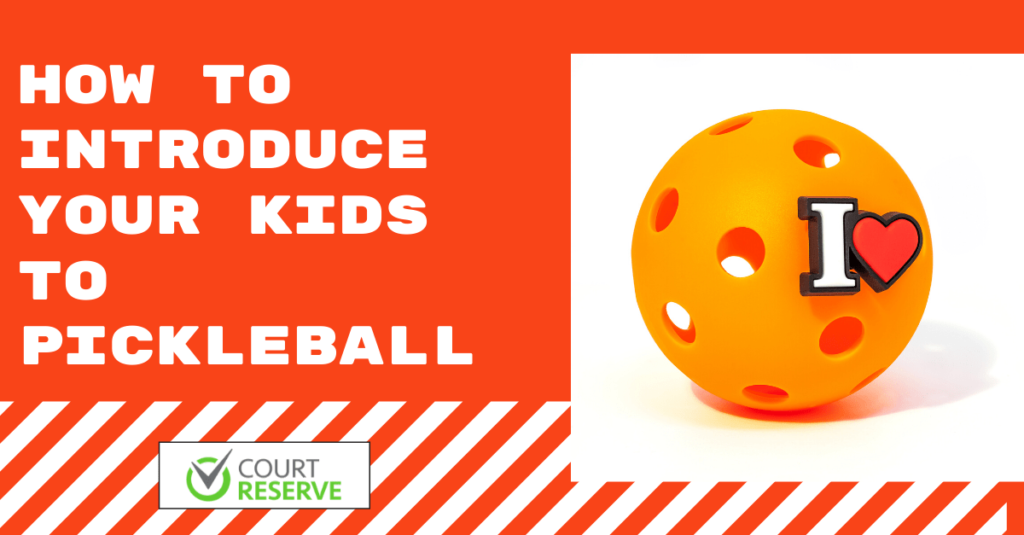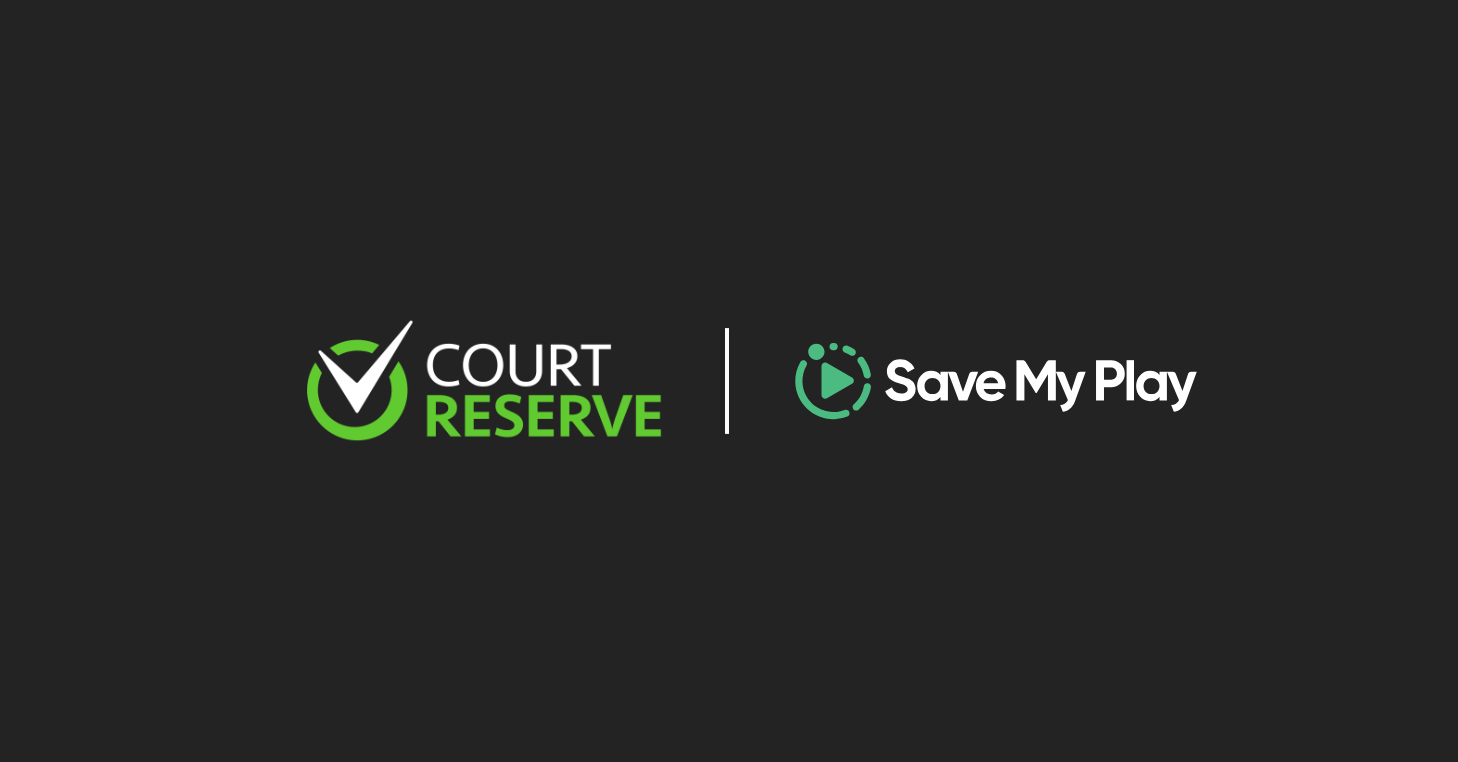UPDATED: November 5, 2024
With over 50,000 pickleball courts in the USA, thousands more in Canada, and hundreds opening across North America and Europe every month, pickleball is one of the fastest-growing sports in the world.1
And it’s easy to see why so many people want to open a pickleball club. It’s a great way for sports clubs to offer something new and exciting to their members. Specifically, doing so gives tennis clubs the chance to generate more revenue and appeal to a new audience.
But what goes into opening a new pickleball club? We sat down with Werner Zehnder, the co-owner of Pickleball Zone in Bend, Oregon, to share what he’s learned about opening a club.
“Building your facility and courts are key factors in opening your club, but we learned much more than that opening Pickleball Zone.”
From initial plans and legal requirements to choosing the right pickleball courts and expanding over time, we’ll take you through seven steps to opening a successful pickleball club.
And along the way, we’ll explain how using club management software like CourtReserve can make running your new club simpler and more rewarding.
Here’s a glimpse into the roadmap ahead:
These seven simple steps will guide you from the initial planning stages of a pickleball club all the way to a successful launch.
- Step 1: Planning your pickleball club
- Step 2: Taking legal and administrative steps
- Step 3: Establishing location and facilities
- Step 4: Setting up staffing and operations
- Step 5: Generating memberships and community
- Step 6: Launching your club
- Step 7: Sustaining and growing your club
Step 1: Planning your pickleball club
While it’s perfectly possible to open a pickleball club without a plan, it’s not something we’d recommend. With so much competition out there, you need to make sure the club you open is right for your local community. That means taking the time to come up with a detailed strategy.
Don’t know where to begin? Start by defining your club, understanding your market, and finalizing your strategy.
Define your club
With over ten thousand pickleball clubs already operating across the USA, how will your club stand out from the crowd? Will you be the pick-up-and-play club, where beginners can get their first taste of this exciting sport?
Maybe you’ll be the competitive club, where members test themselves against players at a similar skill level in ranked matches and league tournaments. As pickleball grows in popularity, there’s an ever-growing market for more rigorous competition among players. (Integrating official rating systems like DUPR can even help increase member retention!)
Or maybe you’ll be the family club, a place for parents, children, aunts and uncles to get together for quality time on the court. For many, pickleball is a simple way to unwind and connect with others, all while staying active.
Deciding what you’d like to be known within your community for is the logical first step. When you’ve defined your club, you can start making solid plans to achieve your goals.
Understand the market
Now you have a clear idea of what you’d like your club to be, you need to make sure there’s a community to support it. If nobody in your town has heard of pickleball, then there won’t be a host of potential members desperate for tournament play. For example, if your location is close to young professionals, then maybe a family club isn’t the right approach to take.
Understand who lives in your local area, what they’re looking for, and how you can reach them. Then, look at your competition and identify gaps in the market. If every pickleball club within a 40-mile radius only offers beginner sessions, then maybe there’s a need for your competitive club after all.
And crucially, you want to make sure that there are enough players in your area to sustain your club, as Werner of Pickleball Zone explains:
“When opening a pickleball club you need to make sure you have a good base of players. We had around 500 people already playing in the area, and you don’t want to be trying to start a club from scratch.”
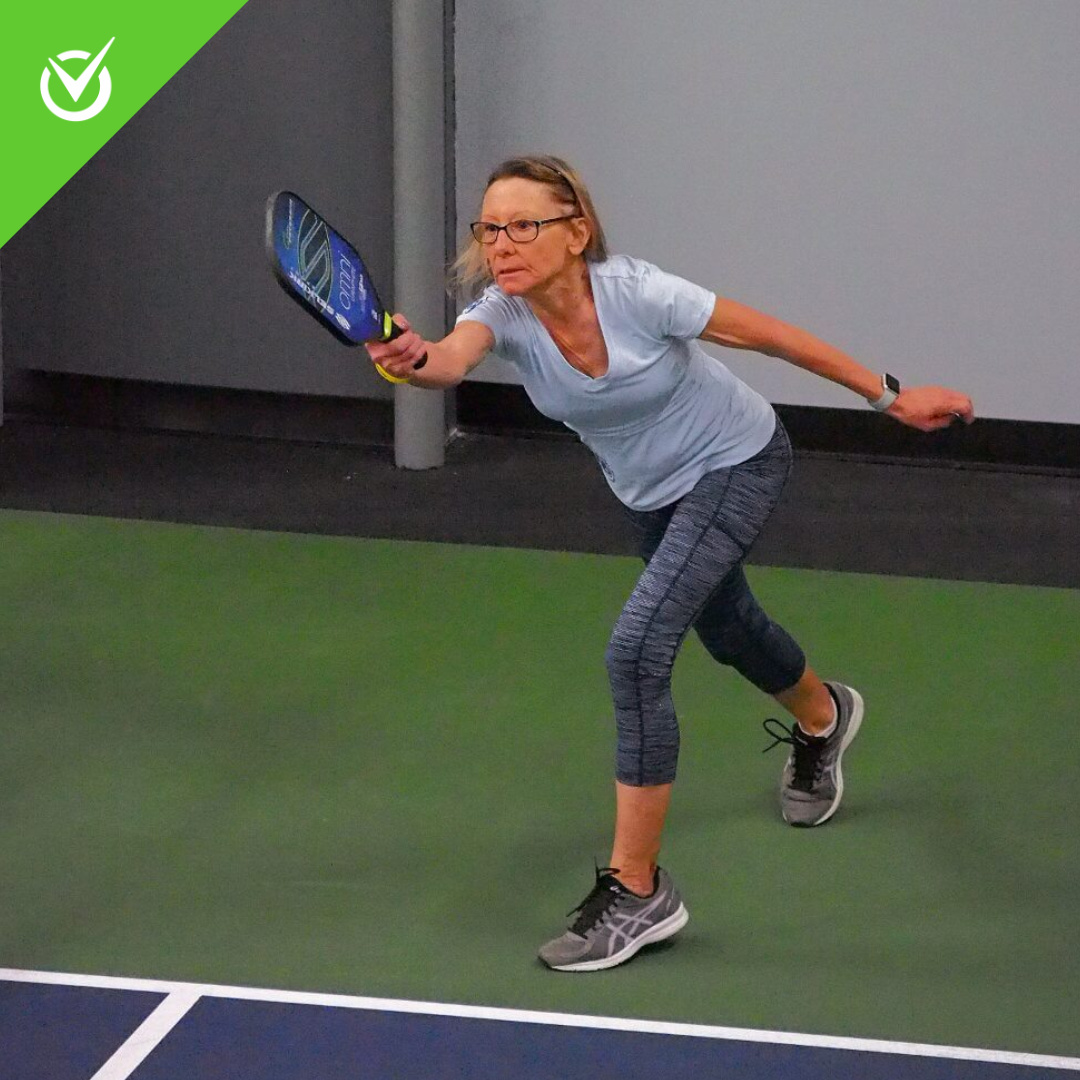
Make a business plan
Finally, make an official pickleball business plan. You want to outline a strategy for finance, growth, and marketing. Understand where you want to build your club, how large it’ll be, and the services you want to offer.
How much will all of this cost? If you’re moving into an old tennis club, then converting their courts for pickleball could save you time and money. But you might experience challenges if you decide to open up a café or bar, for example, but your pickleball facility doesn’t have a kitchen yet. As with any new business, the expenses can quickly pile up. Getting clear about your must-haves can help you avoid financial hurdles down the line.
Our guide to creating a business plan for your pickleball club is a great place to start.
Step 2: Taking legal and administrative steps
With a plan in place, you need to look at the legal and administrative requirements for setting up a new business in your state. Local laws will differ depending on where you are, but there are three broad issues to consider.
Structure
How will your company be structured? Are you going at it alone as a sole proprietor? Partnering with a colleague or external investor? Will you be setting up an LLC so your pickleball club exists as its own business entity? Remember, there’s no “right” or “wrong” answer here. It all depends on your business’s needs and even your unique goals and dreams.
Permits
Does your state require entrepreneurs to register new sports clubs? Or can you just start the business straight away? Get the right legal advice and find out about the registrations and permits you’ll need to open your pickleball club before you start spending money on facilities or recruitment.
Insurance
While you’re asking for advice, find out what insurance you need. Some insurance is just good business sense, like fire and flood insurance. But some will protect you from legal action if something happens to your players. Pickleball is a sport, and all sports carry some risk of injury. The last thing you’ll want is to be on the hook for medical bills if one of your players sprains an ankle or dislocates a shoulder.
Simplifying the process of membership waivers and agreements is one of the major benefits of utilizing club management software like CourtReserve. Your players can quickly access and sign necessary documents, so that they can get busy on the courts — all while you’re legally protected.
Step 3: Establishing location and facilities
What’s a key factor to a successful club? Location, location, location. The wrong facilities in the wrong place, and you’ll never see the success you’re looking for.
Find a location
Choosing a location isn’t just a matter of finding enough space to lay a few courts. Yes, space matters, but so does accessibility and parking. How are your members getting to your club? Is there enough parking for everyone who’s booked a court to arrive, change, and stay for post-match fuel afterwards? On top of that, make sure your location is strategically positioned to be convenient to your target market. What parts of your city do pickleball enthusiasts tend to live near?
Design your facilities
Another thing to consider is the facilities you’d like to offer. Consider the following:
- Outdoor vs. indoor facilities
- Locker rooms and equipment storage
- Café, bar, or refreshment kiosk
- Pro shop or merchandise stand
- Types of courts, and so on
Werner explains that for Pickleball Zone, they didn’t cut corners when it came to court surfaces:
“We put down cushioned courts. A cushion court is made from a concrete base with a layer of recycled tire bits on top, followed by a layer of white cord binder. Let it sit for 36 hours. Repeat the process 6 times. All of the standard pickleballs still play true even on a cushioned court. Getting cushion courts is more expensive, however players love the difference they make!
We chose blue as the surface color and then light gray for the wall color – it’s much easier to see a neon ball against a light gray background.”
“And don’t be cheap on the lighting! It makes a real difference!”
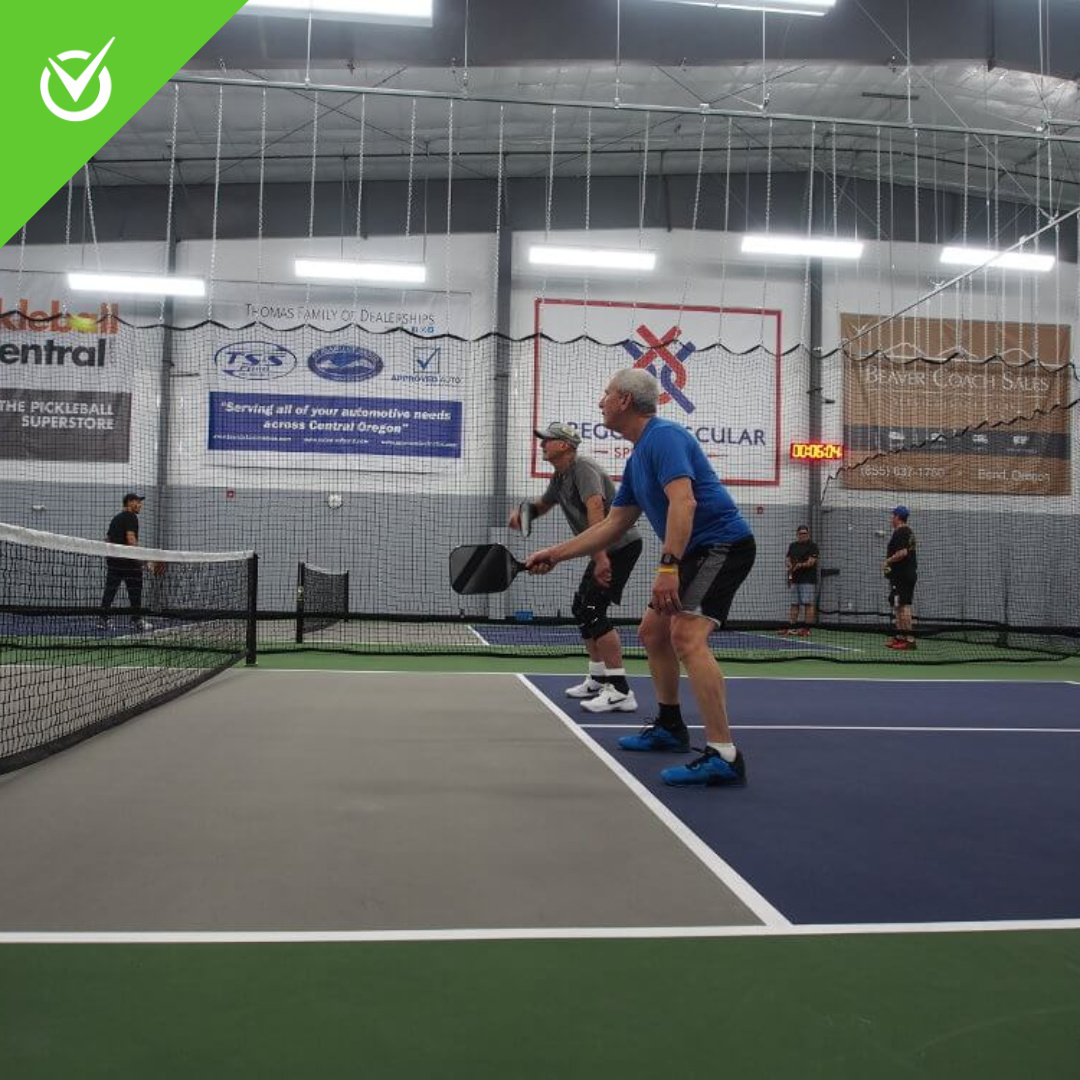
Set up your space
Once you’ve found the location and chosen the facilities you’d like, it’s a matter of creating an inviting, functional space. Your customers will thank you for investing in properly laid out courts, comfortable seating areas, clean locker rooms, and the right amenities.
Also, investing in a good community area — such as dedicated spectator seating — at your facility is also a great way to help members feel part of the action, even when they aren’t on the court. Who knows? A guest in the stands could become your club’s next elite pickleball player!
And look for ways that setting up your facility can make life easy for your members in the future. For example, keyless entry for around-the-clock play is just one of the integrated features that CourtReserve offers.
Step 4: Setting up staffing and operations
With your facility nearly ready to go, the next thing to consider is your staff. Which team members will you need, how will they be trained, and how will day-to-day operations be run?
Hiring staff
Having the right staff available is key to opening a successful pickleball club. You need people to carry out all kinds of different tasks, from admin, to coaching, to running your pro shop. Werner explains:
“We found that you have to be mindful of how many employees you need. You need someone answering the phone, someone else checking people in along with showing people around or taking them to their courts. You also have to think about who is running the pro shop or community lounge, and who is handing out vendor shoes or paddles.”
The more people you have to handle coaching, administration and maintenance, the more you’ll spend on wages. But this also means more staff that are dedicated to providing excellent customer service to your members.
You may also want to consider hiring people who share your passion for pickleball. Enthusiasm and shared interests can go a long way in developing lasting relationships with your customers!
Training staff
While your maintenance staff won’t necessarily need to know one end of a paddle from another, your coaches will need to be pickleball experts, and your admin teams should be comfortable answering questions about the game.
They also need to know what you expect from them: how should they address members, deal with questions or concerns, and ensure that everyone has a great time?
As the club owner, you’ll be the go-to person for these concerns. Leveraging your unique management style can help you recruit and train employees that share your vision for your pickleball club.
Utilizing CourtReserve’s Point of Sale solution can help speed up this process, especially if you’re training staff specifically for your Pro-shop, café, or bar.
Configuring operations
You also need to make sure your staff have the right processes and tools in place. Are they expected to manually take bookings (which will take time and mean you’ll need to pay more people), or can they rely on software like CourtReserve to help members reserve courts themselves? Who will assign tasks, schedule team meetings, and be in charge of customer satisfaction? Make sure you know how you want your club to run, and make this clear to your staff.
Step 5: Generating memberships and community
Picture this: your facilities are set up. Your staff is trained, and your business plan is in motion. Now it’s time for the most important part of any pickleball club: your members. There are three key things to consider:
Membership models
Are you going to offer a one-size-fits-all membership, or will there be different tiers for people who play frequently and those who play every now and then? Will you let non-members reserve your facilities? How much will memberships cost? Werner set up different pricing models for his regular members and members of the public, and used this to inform his club’s reservation policy.
He explained that Pickleball Zone allows members to reserve courts completely free, further incentivizing players to convert to membership status. For non-members, his club allows groups of 5-6 players to rent a court for a small fee of $30 per hour.
Werner unpacks some of Pickleball Zone’s other membership benefits this way:
“The public players can book a court up to 5 days in advance, while the members get to book up to 6 days in advance. Again, it’s a great incentive for public players to purchase a membership to get the priority of the members when booking courts. 5 out of the 8 courts are reserved for Member Play. If these courts are not booked 24-hours prior, they are now available for Public Play.”
Community engagement
Events, leagues and social activities are excellent ways to engage your local community and stimulate interest. You want new and existing members to feel like they’re part of something to keep them coming back, and also to ensure they spread the word about your new pickleball club.
For example, grand opening celebrations, themed pickleball tournaments, and even holiday parties can be excellent ways to recruit and retain members for your club — especially in the beginning stages.
Learning how to build a strong pickleball community through your club can help you find out what your members want and how to give them more of it.
Marketing and promotion
Word of mouth will be key to your club’s success, but you can’t rely on that alone. Developing a strong marketing strategy to attract new members and retain existing ones is key.
In today’s marketing, you should leverage digital marketing tools like social media. Consider what specific platforms resonate most with your target customers – for example, Instagram for young professionals — and develop your strategy around that.
Learning to effectively utilize social media can even help you retain memberships in the long run.
Additionally, consider offering free trials, the chance for club members to bring a friend for free, or even an open play schedule to let people try out your club. And, as Werner explains, focus on marketing annual membership fees over monthly subscriptions. It’s better for you in the long run:
“If you’re in an area where it’s beautiful during the summer, many members will only play during the summer, they won’t go indoors for the other months. Therefore, a large percentage of members are only paying for a few months out of the year. By doing annual memberships, you have income you can count on – a 12-month, prepaid income. Billing annually is also much easier than processing billing monthly.”
Step 6: Launching your club
With your marketing efforts in full swing, it’s time to finally open the doors of your new pickleball club. But how should you go about the official launch?
Soft vs. grand opening
First, a soft opening involves inviting a few members in to try out your facilities, which lets you test your processes on a hand-picked audience. You’ll have more time to dedicate to each member, and you can discuss their impressions in depth. But a soft opening won’t generate as much excitement in the broader community.
In contrast, a grand opening will grab the attention and attract more potential members through your doors — although it’ll require additional staff on hand, promotional events, and all of the expenses that come with both. You’ll also find it more difficult to spend time with individual members.
Both approaches have their pros and cons: detailed feedback versus larger footfall, lack of PR versus higher costs, and so on. Of course, the choice will usually boil down to your specific circumstances and preferences. No matter which you choose, you need to entice customers through the doors.
Promotional events
Whether you’re attracting members to a soft opening or a grand opening, you need to get members in the door, and that means promotional events. This should tie in with your overall marketing strategy, and focus on attracting the right kind of members.
If you’ve defined your pickleball club as a family club, a kids-play-free event will tie in well, for example. If you’re targeting more advanced players, an opening day tournament event would be more effective. The trick is in finding out what your potential members want and giving it to them.
Check out our nine strategies for promoting tennis clubs which will also apply to your new pickleball club here.
Feedback and adjustments
Before you open, make sure you have a method in place to collect feedback from guests and members. Ask them things like:
- How easy did they find it to reserve a pickleball court?
- Is there a particular service they feel you should offer?
- Does everything feel like it’s good value for money?
Regularly checking and responding to feedback on external sites — like Yelp and Google Reviews — can also show your members that you take their experiences seriously and are committed to providing the best possible service at your club.
Ask questions, take the answers seriously, and act on what you’ve learned. However big or small, making the necessary adjustments to turn a four star rating into a five star one is key if you want to sustain your club’s growth.
Step 7: Sustaining and growing your club
The opening of your club, whether it’s a careful soft opening or a grand event, is just the start of the story. The hard work of growing and sustaining a membership base begins here. You need to keep the members you have, and reach out to attract more.
Member retention
Member retention is all about consistently meeting needs and offering value. Make sure your members have the pickleball lessons and events they need at a price they are happy to pay. A key way to retain your members, explains Werner, is to help them get better at pickleball. The better they are, the more they’ll want to play:
“Some pickleball clubs like to dedicate at least 1 to 2 courts for lessons and/or clinics. Lessons and clinics can be huge for clubs – they’re great for the players and can generate a lot of income for the clubs. You have to be creative and evaluate which classes are bringing in the players along with the revenue.”
He also recommends a few specific class types to consider:
- Introductions to pickleball
- Intermediate and advanced pickleball clinics
- Youth pickleball camps & clinics
- Match play critique (a pro watches a match and provides members with tips and feedback)
Werner also recommends round robin tournaments that give members the chance to meet and mingle, and “play with the staff” nights where everyone can feel like part of a wider community. To accommodate more players at once, you could even consider offering group lessons for beginners to hone their technique in a social setting.
No matter which kinds of educational programming you choose to offer, utilizing CourtReserve’s Book a Pro feature can help your members seamlessly schedule lessons and learn how to up their game on the court.
Expansion and scaling
If you’re oversubscribed with more members than available courts, then expansion can be a valuable next step for your club. You’ll already have an idea of how to launch one successful club, so it’s only a matter of following these steps again — and adding what you learned the first time around — to open a second pickleball club. And a third!
Becoming a multi-location pickleball club comes with a unique set of challenges and rewards. A major key to success is incorporating systems — like efficient club management software — to ensure your different locations remain connected. CourtReserve software is uniquely designed to support multi-location facilities, whether you’re opening up a second club across town or scaling across the state.
Staying current
Pickleball is constantly evolving, as you’d expect from one of the fastest growing sports in the world. Keep an eye on the latest trends, whether it’s for different types of competition, open leagues, or popular types of equipment and accessories.Incorporate these elements as you can to make sure you’re offering all your members an enjoyable experience and staying competitive in the market.
In today’s digital age, meeting members where they’re at means meeting them on their smartphones. Opting for a sleek Branded Mobile App can help your club stay competitive by allowing your members to interact with your club from their fingertips — all with your unique branding.
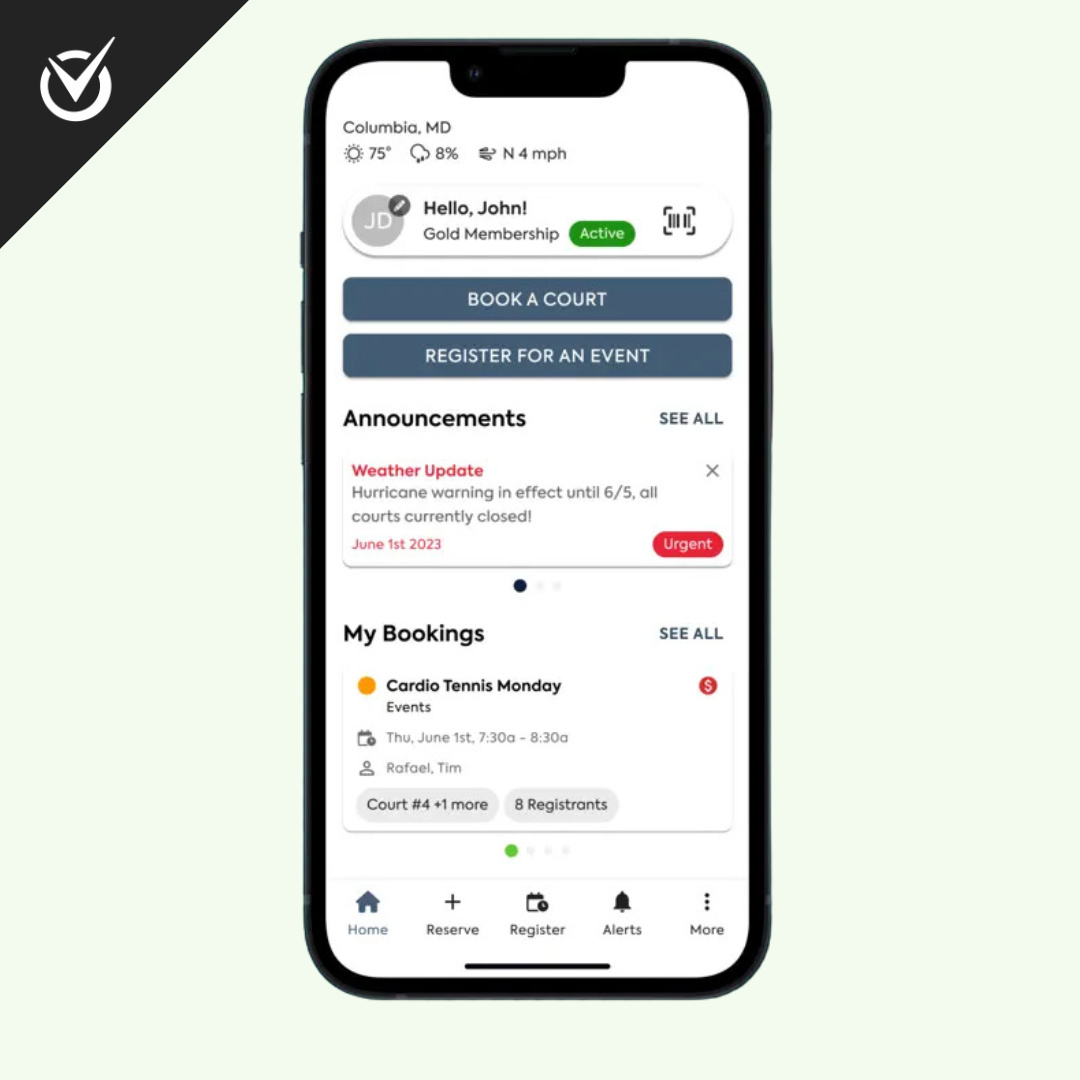
A successful club launch starts with CourtReserve
All of these tips for opening a successful pickleball club — from offering the right memberships to improving customer satisfaction to collecting feedback — could help your club’s opening be more successful.
That’s because successful clubs all focus on delivering more value to their members. What sets apart a mediocre club from an excellent one? They prioritize their members’ satisfaction.
The more you can focus on member experience, the more members you’ll attract and retain, and the more successful your opening will be.
At CourtReserve, member satisfaction is in our DNA. That’s why we’re proud to partner with new and existing pickleball clubs to give your members the best possible experience. From simplifying scheduling to streamlining payments, our software is here to help you and your members every step of the way.

